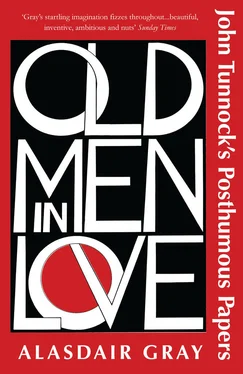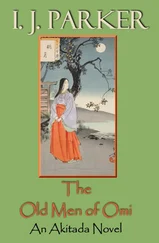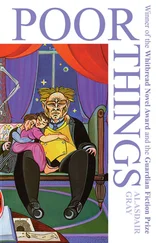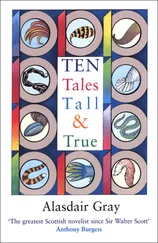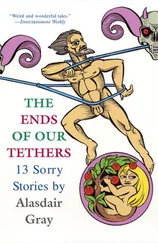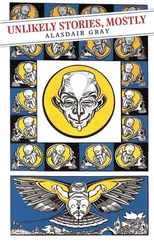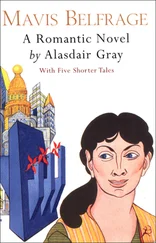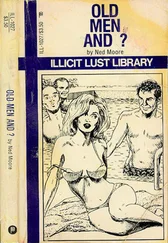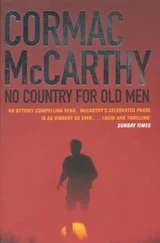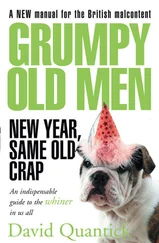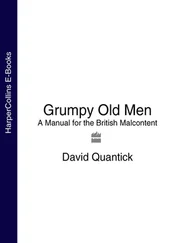“Had he no sex life?” I asked. Apparently none before 1998, said Mr Gillies, but his diary indicated he had then “lashed out a bit”. I asked what that meant. He said I should read the diary to find out. I said his silence on the matter suggested dealings with prostitutes, or homosexuality, or paedophilia — the last now so notorious that one fears to show kindness to any child anywhere. What had the police discovered? Gillies told me that the women who cleaned his house said he was “a nice wee man who wouldnae hurt a fly or say boo to a goose.” He seemed not to have visited any pub on the night of his death. His cleaners found the body next morning on a staircase landing and a forensic report indicated he had died suddenly of a fractured skull about ten hours earlier, the fracture caused by abrupt contact with a step. There was no alcohol in his blood, though the state of the living room upstairs, together with fingerprints on glasses and bottles, indicated some kind of party with several individuals, one a drug user known to the police. He (Mr Gillies) had been privately informed that the drug user had confessed to pushing John away during an amorous struggle on the staircase when she tried to leave, a push resulting in his fall. The Crown Office had decided not to make a respected citizen’s sex life public by accusing the girl of culpable homicide, especially when a jury would almost certainly bring a verdict of not proven. Only Scots law allows this, which a cynic has suggested means, “Go away and don’t do it again.” The most famous beneficiary of this verdict is Madeleine Smith, charged with poisoning an inconvenient lover in 1857.
“Well,” I said, slightly disgusted with my cousin, “since you have the keys to his house please take me there.” I do not mention the address because houses tainted by suspicion of murder are harder to sell, but I found the surrounding architecture, gardens and parks pleasanter than many pleasant parts of London, because less grandiose. This did not prepare me for the interior.
The only part of John Tunnock’s diaries I have read mentions a robbery that deprived his home of expensive bric-a-brac. I doubt if I could have faced it before that robbery. The clutter of dark mahogany furniture with dark, slightly threadbare upholstery, dark oil paintings in thick gilt frames, heavily ticking pendulum clocks, glass-fronted book cases full of bound sermons seemed pressing in to crush me. The day was overcast. We switched on electric lights with frosted glass shades that had been converted from ancient gas fittings. Over tables in the main rooms were chandeliers that could be raised or lowered by adjusting a central brass cone-shaped counterweight. The lavatory was the biggest surprize. I had expected Victorian plumbing to be primitive, but here it was palatial, complex and gloomy in a way recalling Edgar Allan Poe. The vast bath was housed in a panelled chest ending in something like a sentry box with its own little vaulted ceiling. It had a dozen big brass taps, each with a label giving temperature, angle and force of a different spray. Their position suggested a servant was needed to turn them, a detail that struck me as weirder than the death on the staircase outside. The water was heated by gas burners under a tank in a wardrobe-like cupboard lined with what must have been asbestos. A smaller wardrobe-like structure in the living room had no visible doors but something like a glass porthole at eye level. Mr Gillies said this was the house’s most modern article, being a 1938 television set manufactured by John Logie Baird’s company. It did not work of course. There was no other television set, no telephone or record player. There was an upright piano with an unusually thick case: a pianola or (as they say in the States) a player piano operated by rolls of perforated card. A player could work it in person using pedals and stops, or switch on an electric motor to play it automatically. A stand like a huge wine rack held about three hundred rolls of work by composers from Bach to Gershwin, as I could see from labelled disks at the roll ends. There was also a radio in a two-foot-square cubical wooden case.
Despite my dislike of the place I saw it was a better example of nineteenth century interior decor than many in well-endowed museums. I considered offering it to Glasgow District Council to be maintained as a small local history museum, but Mr Gillies told me a similar house, more representative since not as opulent, was on show in a tenement near Sauchiehall Street, so Glasgow’s museum service would not want another. After careful consultation I decided to sell through Christie’s the Burne-Jones window and two dull landscapes I was told belonged to the Barbizon School. Through Sotheby’s I sold the most valuable furniture, including the Baird television set, the pianola with its rolls, and even the Edgar Allan Poe shower-bath. Through a local firm, West End Auctions, I sold everything else. Mrs Manning, owner of the firm, tells me the portraits of clergy and volumes of sermons will decorate a public house in Saltcoats called The Auld Kirk , in a building that was once indeed a Church of Scotland. These transactions will finally raise more cash than the million I expect for Tunnock’s empty eight-room-and-kitchen home.
John Tunnock’s papers were now all that remained to embarrass me. After old letters, receipts and bills were destroyed I had a mass of typescript and a large desktop notebook two-thirds full of undated entries in tiny, clear, almost sinisterly childish calligraphy. It would have been heartless to discard all that as waste paper, but what else could I do? The typed pages were historical novels, which I detest. I also dislike reading diaries, even those written for publication, and a sample of John’s miserable confessions made me think them unpublishable — I now know this idea is old-fashioned and out of date. On Mr Gillies’s advice I put the lot in a suitcase and left it at the University of Glasgow’s Scottish Literature office, with a letter offering a donation to the department of a few hundred pounds in return for an honest assessment of the contents. Did anything in these papers deserve publication? I asked. Would a publisher consider them a commercial proposition if I paid for the printing? Or would Glasgow University, which in 1962 had awarded John an honours degree in the Humanities, find room for these papers in its archives?
A fortnight later the head of the department, Alan Riach, sent a courteous and helpful reply. He thought the historical fictions well written and entertaining, but the one set in classical Greece lacked chapters connecting start and finish, the one set in Renaissance Italy was three loosely linked dialogues with neither beginning nor end, and the fictional biography of the Victorian clergyman had already been novelized by Aubrey Menen in a 1972 Penguin paperback called The Abode of Love . No reputable firm would undertake to publish such work by an author who was unknown, Scottish and dead. For the same reason no public archive would want them. If university and national libraries became repositories of unpublished fiction by unknown authors they would soon have no room for anything else. The notebook diary and notes for an autobiography were another matter. Their account of a life that had ended violently might interest a publishing house, especially if I paid part of the production costs and the book was introduced and edited by a known author. With my permission he would show the papers to Alasdair Gray, a writer who lived locally and, with some success, had edited and published the papers of a Glasgow public health officer.
It was thus that I met Mr Gray whose response to all John’s papers was enthusiastic. The diary and personal notes and historic fictions should be published together (Gray said) thus casting light on what he saw as a major theme, men in love. Tunnock, like many of his generation, was an old-fashioned Socialist and had at first planned the novels as a trilogy with a name suggesting the Marxist theory of surplus value, but had then changed it to something more frivolous. A better, more eye-catching and more accurate title would be Men in Love for it would connect Tunnock’s love life with those of his heroes, and balance them. The patriarchs of Classical Greece, Renaissance Italy and Victorian England loved their idea of truth or beauty or God more than any woman, but the women in Tunnock’s love-life had certainly ruled him .
Читать дальше
